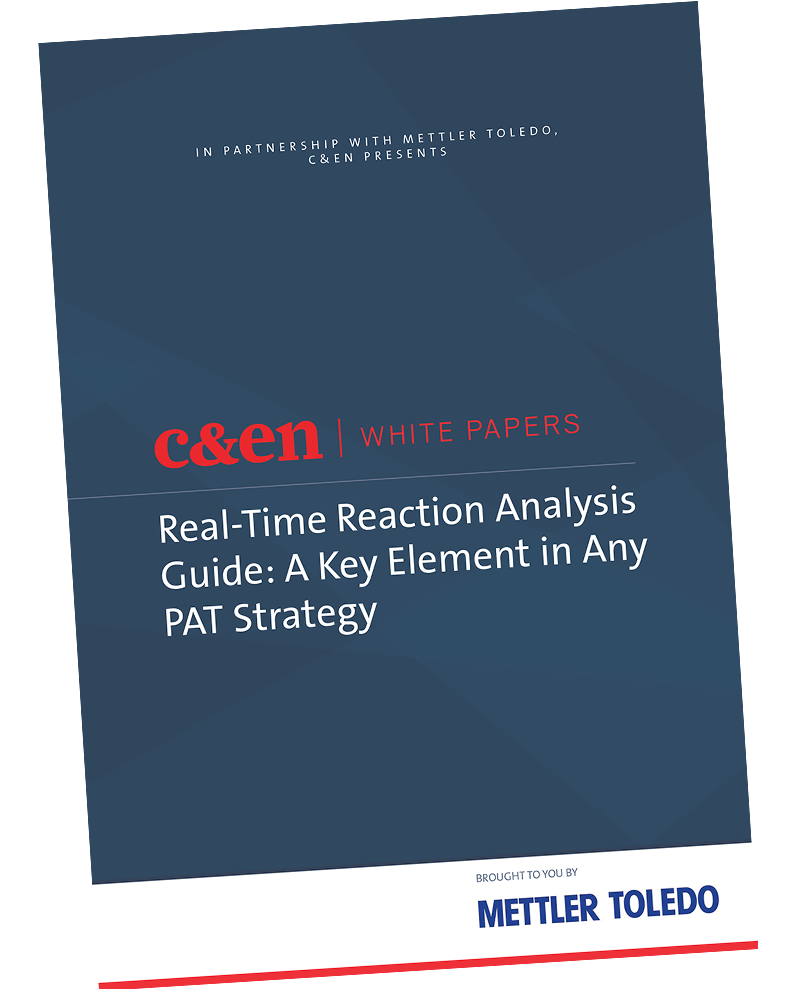

The application of Process Analytical Technology (PAT) methods is of ever-increasing importance in all areas of academic and industrial synthetic chemistry. Real-time reaction analysis is a major element in an overall PAT strategy, which includes advanced analytics, modeling and digitalization. The overall goal of a PAT strategy is to acquire and transform data into actionable information that speeds reaction understanding and process knowledge to maximize yield, quality and sustainability of chemical syntheses. Dependent on the specific chemistry, spectroscopic methods including FTIR, Raman, UV/Vis, NIR, NMR and MS can be chosen to enable real-time analysis. State-of-the-art chromatographic methods such as UPLC are also available for online reaction analysis. These technologies provide extensive data streams that can be analyzed with advanced analysis and modeling tools. Frequently, multiple real-time analysis techniques are used in combination to provide data that fully characterize a reaction or process.
- Understand key methods for developing deeper reaction understanding and process knowledge for trending areas of synthetic chemistry.
- Understand advantages of the different composition monitoring and separation technologies and applications in organic synthesis, catalysis, polymerizations, crystallizations, biological processes, sustainable chemistry and continuous flow chemistry.

Copyright © 2025 American Chemical Society | 1155 Sixteenth Street NW | Washington, DC 20036 | View our Privacy Policy